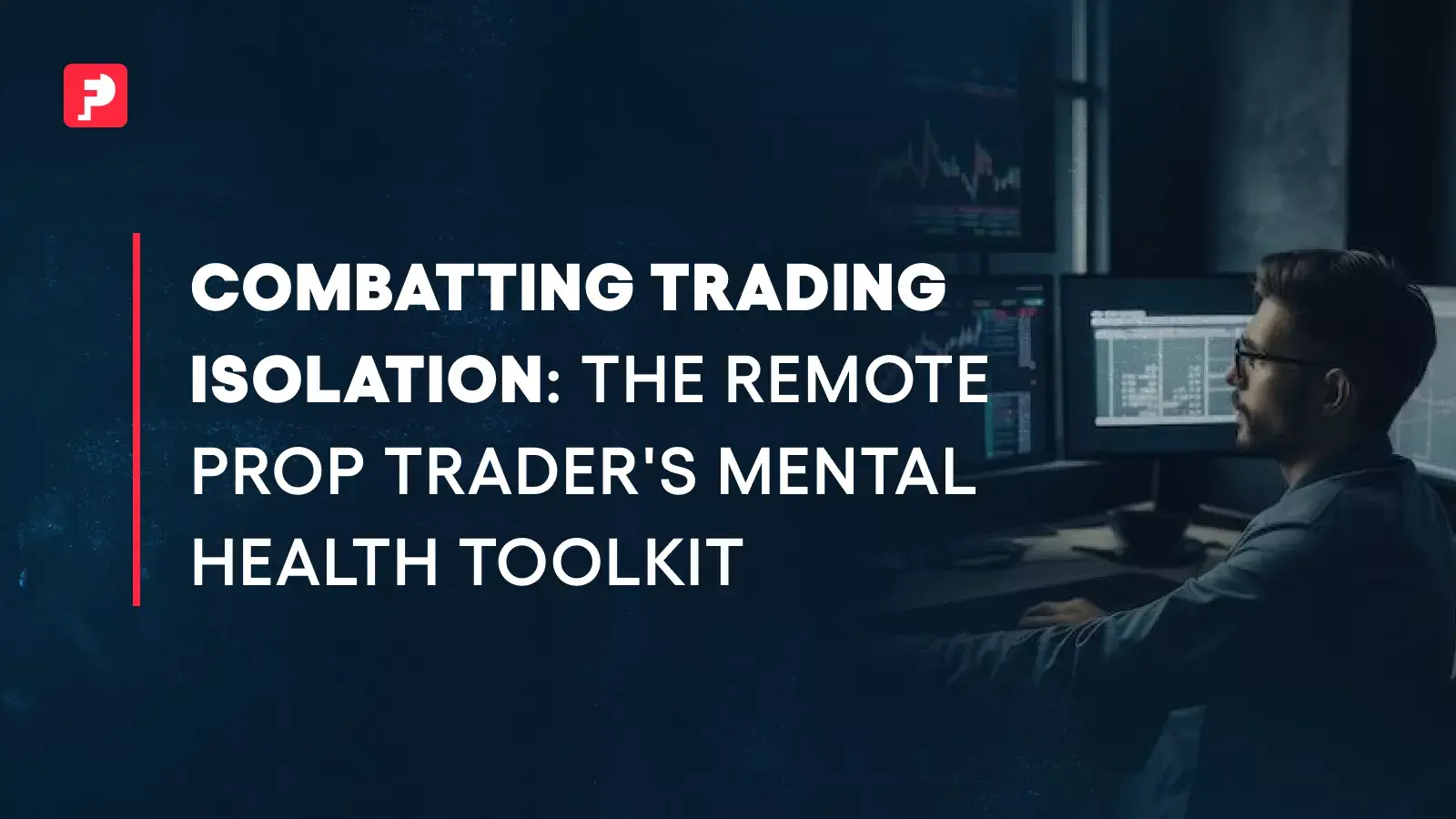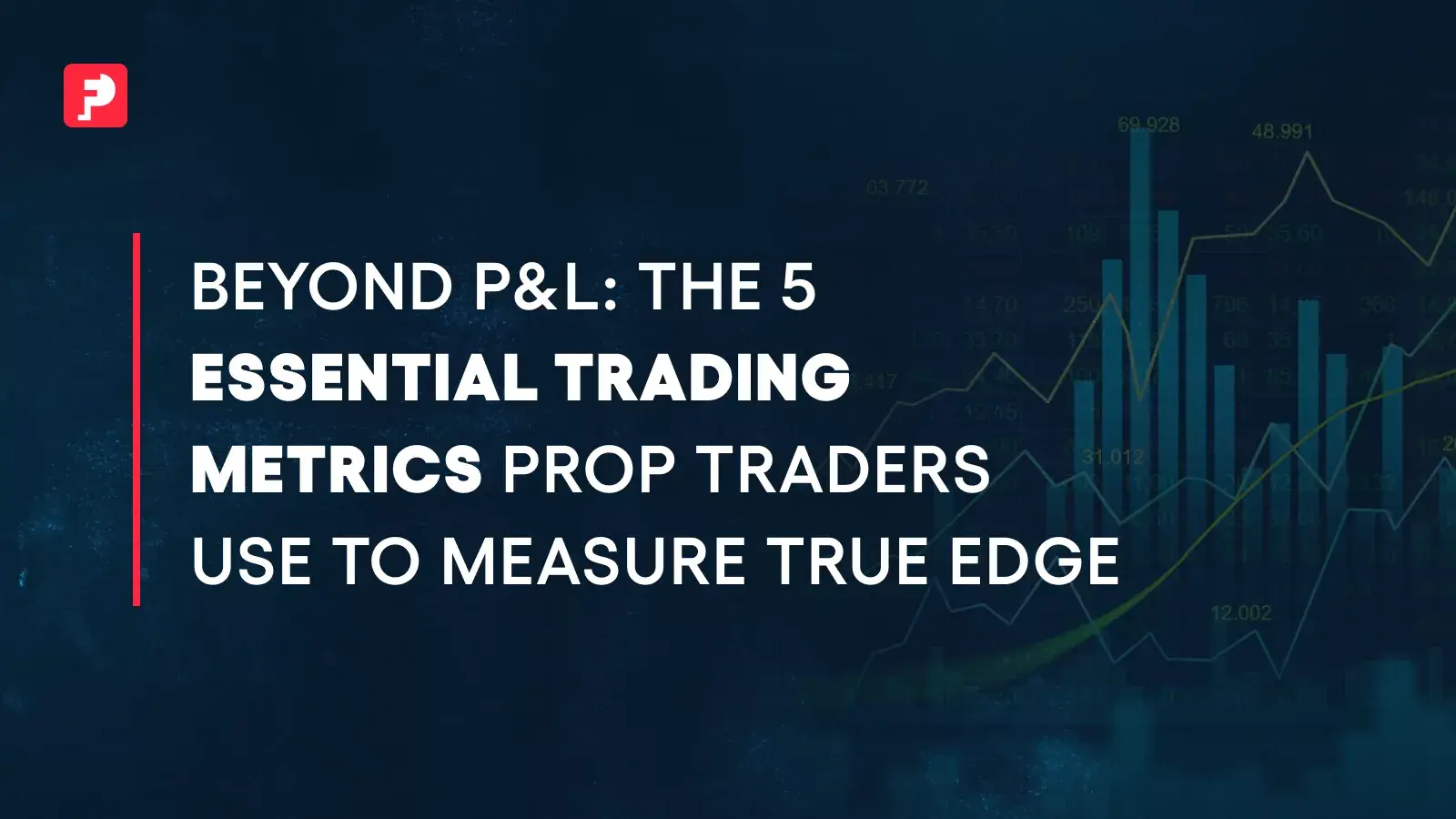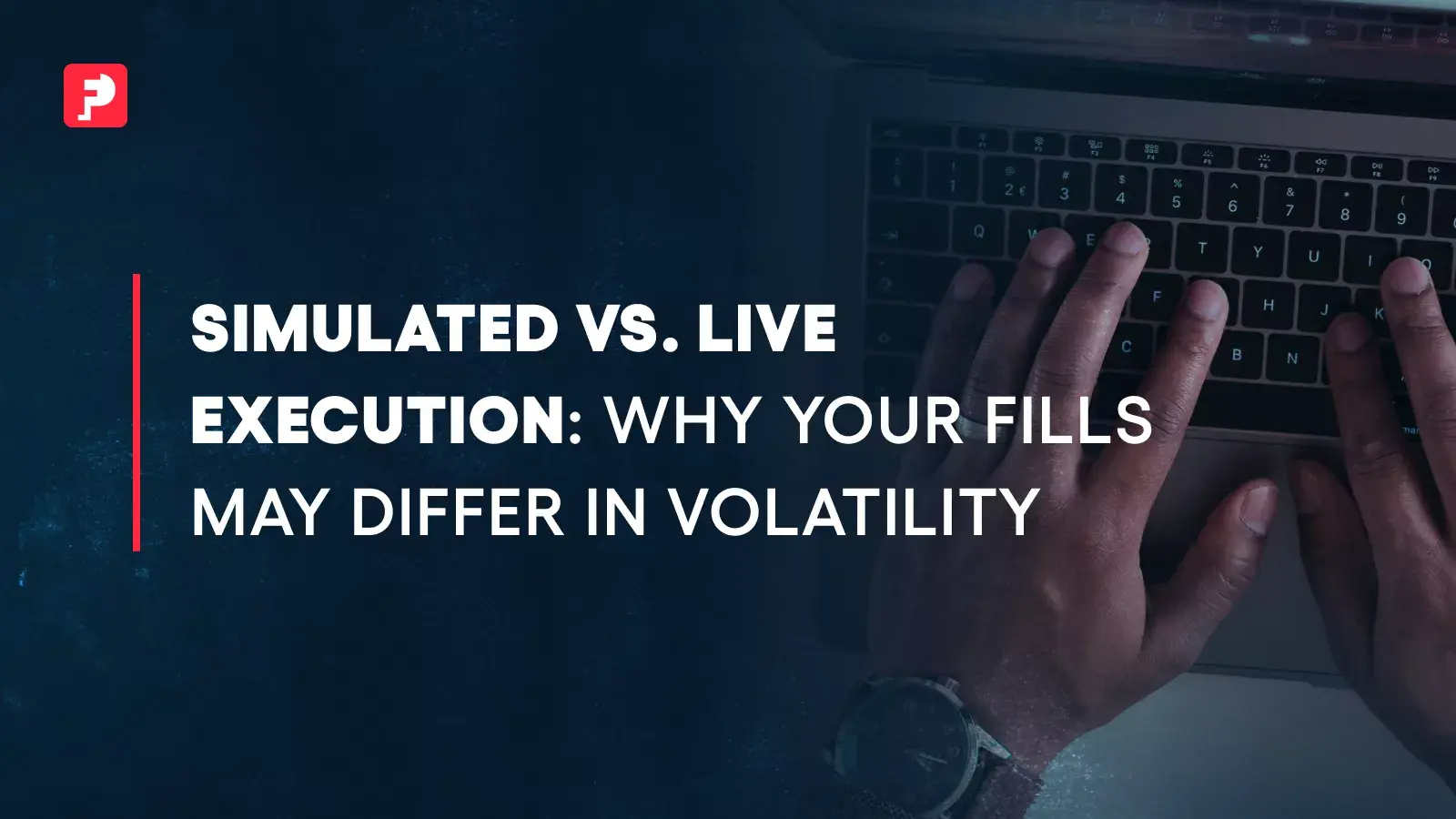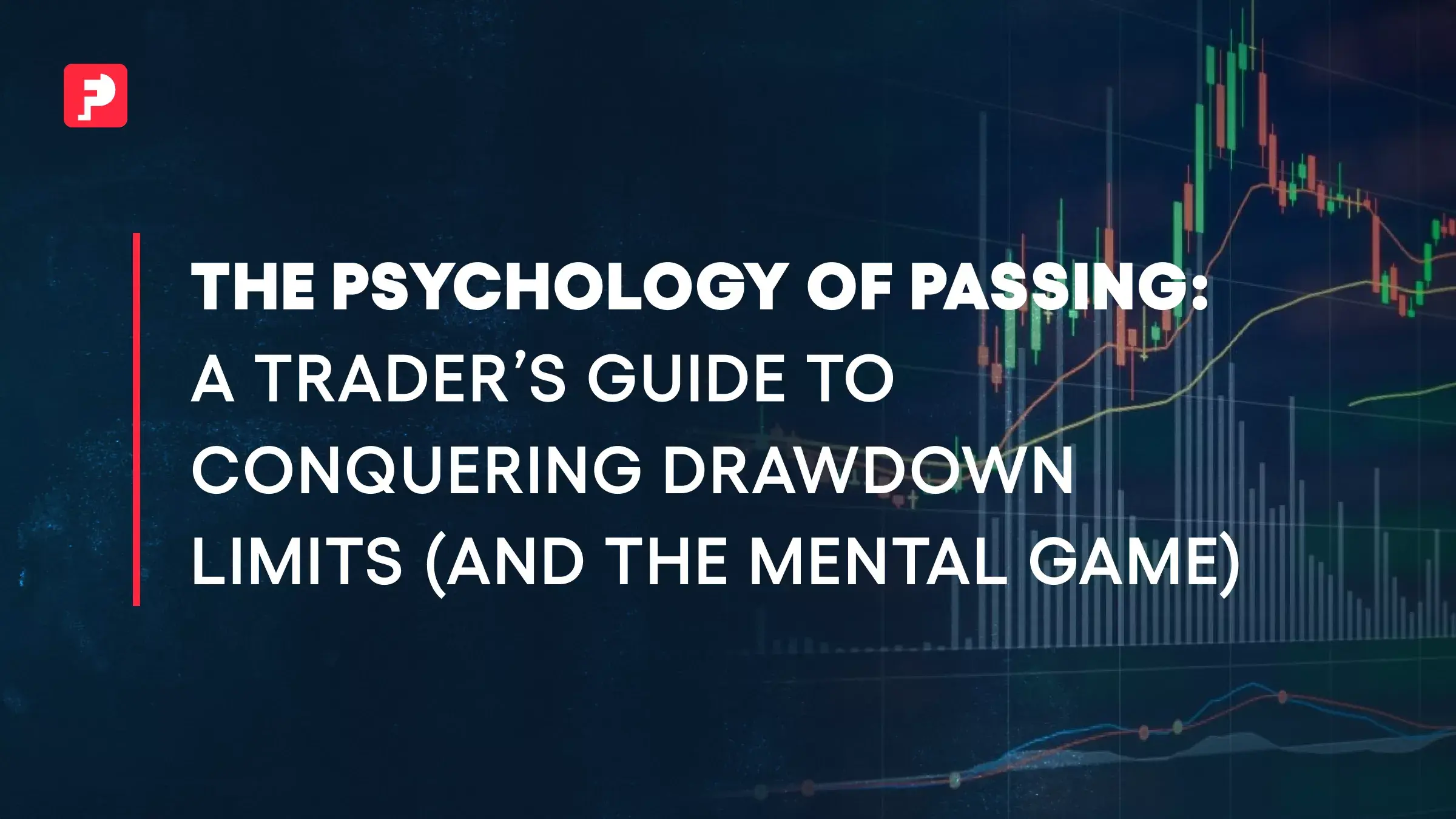Key Takeaways:
- What is an STP Broker?
- How does straight-through processing work?
- What are the advantages of using an STP broker?
Overview
What is the difference between an STP broker and an ECN broker? Often the best way to understand the differences between two convergent terms is to put them into a historical context. When it comes to explaining the difference between STP and an ECN broker, however, this is complicated by the fact that both terms are relatively new in the forex industry. STP (Straight-Through Processing) and ECN (Electronic Communication Network) are two distinct types of forex brokers that operate differently and offer their respective advantages and disadvantages to traders.
Both STP and ECN brokers emerged in the late 1990s and early 2000s, as the internet gave rise to the “era of electronic trading” and transformed how currencies were bought and sold. Prior to this, forex trading was primarily conducted over the telephone or via the intermediary of banks and other financial institutions, with limited access for individual retail traders.
With the rise of online trading platforms and electronic communication networks (ECNs), brokers were able to offer direct access to liquidity providers alongside more transparent pricing, leading to the development of the STP and ECN brokerage models. Since then, these models have become increasingly popular among forex traders, and many brokers now offer a range of different account types to cater to different trading styles and preferences.
STP and ECN Brokers Explained
Now, let us compare the different business models and advantages of these two types of brokers.
A straight-through-processing (STP) forex broker acts as a middleman between the trader and liquidity providers. By using proprietary trading technology, an STP broker can automatically aggregate liquidity from multiple providers and offer competitive spreads and no-commission prices to its clients.
What is the difference between an STP broker and an ECN broker? An ECN broker, on the other hand, offers direct access to a global network of liquidity providers. This way, traders can still access deep liquidity and take advantage of real-time pricing and execution. Some ECN brokers operate as what is known as a “no-dealing-desk” (NDD) model. In other words, trades are executed without any interference or manipulation from the broker. In a nutshell, ECN brokers have no re-quotes, no dealer intervention, and often provide a range of
advanced trading tools and platforms.
The Difference Between an STP and an ECN Broker
Another way to visualize the difference between an STP and an ECN broker is through a working example:
Imagine a trader who wants to buy 1 lot (100,000 units) of EUR/USD currency pair at a market price of 1.2000:
- If the trader uses an STP broker, the broker will automatically route the order to the liquidity provider offering the best available price at that moment, which may be 1.2001. The broker could then mark up the spread by a few pips, such as 0.2 pips, and charge the trader a commission of, say, $5 per lot. The trader would end up paying 1.2001 + 0.2 pips, or 1.2003, plus the $5 commission, for a total cost of $15.
- If the trader uses an ECN broker, the order would be routed to a network of liquidity providers, and the trader would be able to see the best available bid and ask prices in real time. In this scenario, the trader might see that the best available ask price is 1.2000 and the best available bid price is 1.1999. The trader would then place a limit order to buy at 1.2000, and the trade would be executed when a liquidity provider is willing to sell at that price. Let us state that the ECN broker charges the trader a commission of $7 per lot, that brings the total cost of the trade to $7.
This example highlights the key differences between STP and ECN brokers. STP brokers offer tighter spreads and lower commissions, yet they may not have the same level of transparency and liquidity as ECN brokers. ECN brokers, on the other hand, are considered to be more transparent with more direct access to liquidity but may charge higher commission fees. The choice of broker will depend on the trader’s specific needs and preferences, alongside their trading style and risk appetite.
In Summary:
STP Broker:
- An intermediary between traders and liquidity providers.
- Routes orders to the liquidity provider offering the best available price.
- Makes a profit by marking up the spread or charging a commission on each trade.
- Lower trading costs and tighter spreads.
- May have a minimum deposit requirement.
ECN Broker:
- Connects traders directly to a pool of liquidity providers.
- Traders have real-time access to the best available bid and ask prices.
- Commissions on each trade instead of marking up the spread.
- Potential better pricing and faster execution of trades.
- May have higher commission fees and require larger minimum deposits.
Which is Better: STP or ECN?
Both STP and ECN brokers can be described as having their advantages and disadvantages, and the choice between them will depend on a trader’s individual needs and preferences. Some traders prefer the lower costs and tighter spreads offered by STP brokers, while others value the transparency and direct access to liquidity provided by ECN brokers. The choice between an STP and an ECN broker will depend on a trader’s preferences of trading style, account size, and desired level of transparency and control. Ultimately, traders need to research accordingly and choose a broker that best fits their trading approach and goals.
Ready to take the challenge? Sign Up Now.






